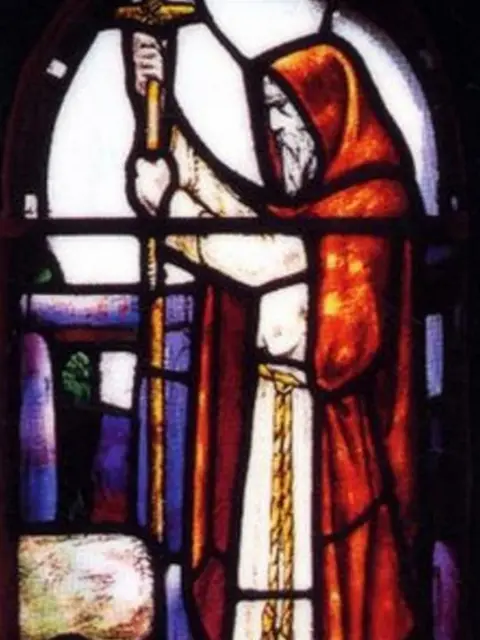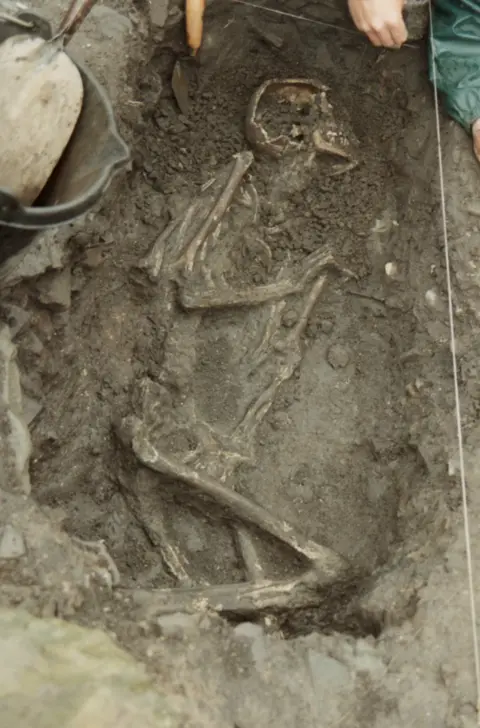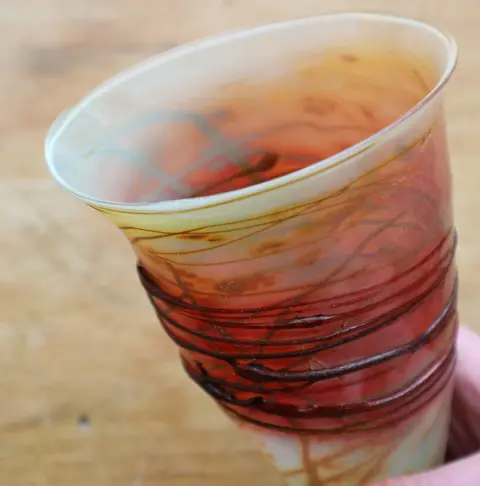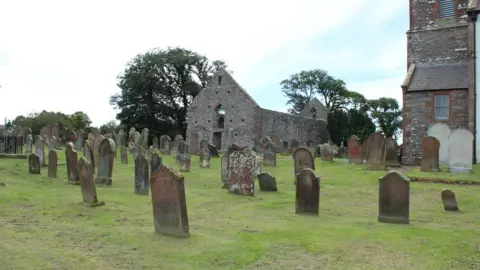Cold Case Whithorn sheds new light on 'cradle of Christianity'
 Adrian Maldonado
Adrian MaldonadoArchaeological researchers believe hollowed tree coffins could reveal new details of the story of Scotland's "cradle of Christianity".
It is part of Cold Case Whithorn - a project reopening archive evidence from excavations at the town's priory.
Previous research dated the founding of a monastery at the site to the 5th Century.
However, studies have now suggested this might not have happened until much later in its history.
 www.whithorn.com
www.whithorn.com
The earliest monks at Whithorn were buried in coffins made from hollowed-out tree trunks and researchers have established the burials did not take place until the 7th Century.
They think it might have been a "ceremonial meeting point for high-ranking Christians" long before being founded as a monastery.
Research by Dr Adrian Maldonado of National Museums Scotland and Dr Shirley Curtis-Summers from the University of Bradford is using radiocarbon dating and stable isotope analysis to provide new details of Whithorn's story.
In the past, it was thought the monastery may have been founded by St Ninian.
 Elliott Simpson
Elliott Simpson
The earliest evidence for Christianity anywhere in Scotland is the Latinus Stone found at Whithorn, a Latin-inscribed standing stone dating to the 5th Century.
However, Dr Maldonado said that did not mean that was when the monastery was set up.
"While the Latinus Stone proves there were Christians at Whithorn since the 5th Century, this new burial evidence tells us it was not a monastery at this time," he said.
"The evidence of rich feasts and the drinking of imported wine from fine continental glass, suggests Whithorn was a power centre in its earliest years, perhaps a ceremonial meeting place for elite Christians, rather than a monastery."
 Julia Muir Watt
Julia Muir WattFurther work by Dr Curtis-Summers has revealed more about the diet of the earliest settlers in the area.
They found that they ate mostly meat and plant-based foods - but no significant amount of seafood, despite Whithorn's coastal location.
Dr Curtis-Summers said: "One of Scotland's most important skeletal collections has been lying undisturbed for nearly two decades.
 Billy McCrorie
Billy McCrorie"It has been an exciting opportunity to apply new scientific analysis to reveal insights into the types of foods people ate and even whether they were local or moved into the area."
The discoveries are part of their ongoing research into the site.
Members of the project team will be giving free online seminars about their discoveries during the summer.
